Keep Your Associates and Customers Close With Face-to-Face Online Meetings
Imagine that two unrelated companies separately decide to host a video conference for their clients to share information on a relevant industry topic. Their efforts are largely meant to benefit their clients, but the companies also intend to draw attention to the products and services they provide—in the hopes of generating new leads.
The first company relies on its legacy architecture to support its presentation, while the second company decides to try a new approach: a WebRTC meeting. Let’s see how they do:
Legacy video conferencing
First, this company must overcome the issue of incompatibility with participants who don’t share the same video conferencing solution, necessitating that they download a compatible browser plug-in or computer software. This often presents an overwhelming hurdle for participants as it can require significant manipulation on their end by IT staff. Yet performance may still fall short for some participants, as transmission only works optimally when both parties are using the same video conferencing client, including versions running across platforms. Furthermore, if hardware breaks down or the network connection fails, participants cannot attend the meeting.
And, unfortunately, while these video conferencing flaws may have nothing to do with the host, they may, nevertheless, reflect badly on the company’s ability to competently deliver services.
WebRTC video conferencing
The second company takes advantage of an emerging standard for video conferencing called WebRTC (real-time communications) that is browser-based, eliminating the need for plug-ins for enabled browsers (such as Google Chrome and Mozilla Firefox, with Microsoft and Apple lagging but coming along). For this company, the complexity of developing separate soft clients in order for each end point to interoperate has been eliminated, which is one primary advantage that propels WebRTC past today’s VoIP and video systems, enabling users to simply click on a link to connect to a meeting.
Through integration of communications functions into the browser experience, WebRTC also affords participants access to a greater variety of advanced features, enabling more interactive, engaging meetings. For instance, companies can utilize “classroom” features that allow them to make use of surveys, which gives participants real-time peer-to-peer insight on subjects under discussion. Customers can even be enticed to share control of the meeting by granting them remote control of their computer.
In this scenario, attendees leave this meeting enriched by a presentation that felt nearly live—absent the annoyance of downloading apps and the aggravation of failed log-ins, and improved by the smooth operation and video clarity. Most likely, clients will be interested in hearing more from this organization.
So, as you look forward to your own video conference experience, ask yourself which path you will take. For instance, if you leverage a best-in-class WebRTC conference solution, it most likely will provide the following benefits:
- One low annual price for an unlimited number of users
- High-definition video and high-quality audio
- Individual WebRTC call link for each user
- Scheduling on the spot, and elevation of ongoing calls while they’re happening
- Advance conversion of PowerPoint presentations to HTML5
If your business is like most in today’s accelerated communications era, you’ve invested a considerable sum to get your video conferencing capability up to speed. In fact, market research firm International Data Corp. estimates that companies spent $2.6 billion last year on equipment such as room systems and network hardware—not including software.
Don’t squander that investment by compromising the quality of both your internal and external meetings using a tricky legacy video system; instead, upgrade to a modern Web-based solution using WebRTC today.
Call Clarity Technologies Group, LLC at 800-354-4160 today. We are partnered internationally around the globe and we are open seven days a week 8:30 AM to 5:00 PM EST/EDT. Or use your Chrome, Firefox, or Opera Browser with a microphone and speakers and go to:
https://pbx.clarityscg.net:5001/callus/779406 to call Clarity Technologies Group, LLC via WebRTC today!
[mc4wp_form id=”314″]

